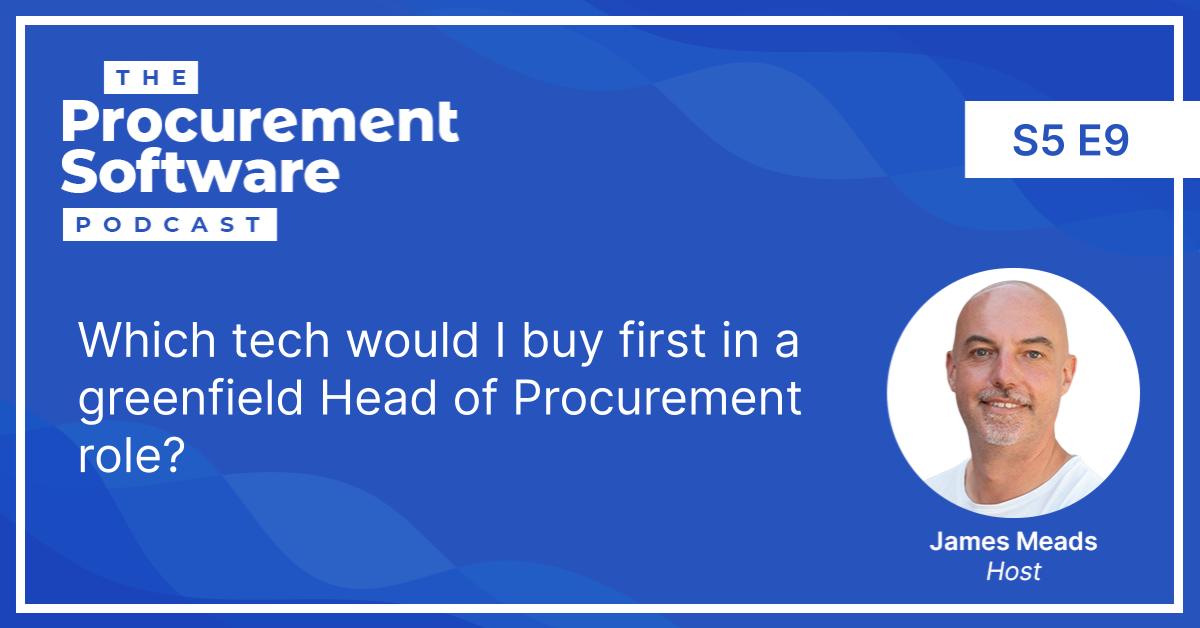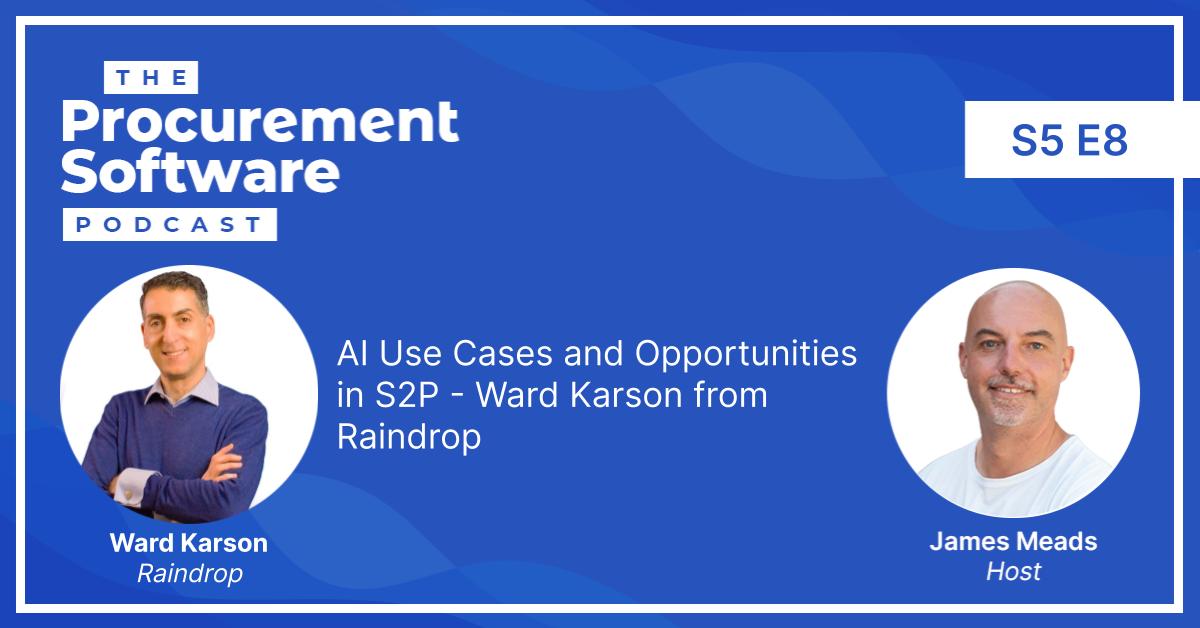Our final episode in our mini-series of e-Sourcing platforms brings us to a well-estalished provider who has been in the space for over 20 years.
So, during the interview with Henrik Balslev, CCO of Danish Source-to-Contract (S2C) software Scanmarket, the most obvious thing to talk about was all of the data they’ve collected since they’ve been offering e-auctions and RFx solutions to their customers.
Using 20 Years of E-Auction Data to Help Customers Gain Competitive Advantage – Henrik Balslev from Scanmarket
Scanmarket have been around a long time and are one of the early e-sourcing providers.
They recently acquired Swiss-based contract lifecycle management (CLM) platform Symfact to complement their offerings in the S2C space, and can count customers in 86 different countries who use their software.
Their typical client is pretty industry agnostic and somewhere from €1 billion to €20 billion annual turnover, so large enterprises but certainly not Fortune 500 territory.
How have e-auctions evolved?
Henrik has been involved in e-auction statistics since 2006. E-auctions are now being used as a more everyday tool and
The evolution has been predominantly in these areas:
- Less focus purely on price
- More thought around which commodities or categories to tender in an auctions
- More thought and strategy regarding which type of auction or e-sourcing event to utilise
- When in the process to take the negotiation process offline and move to in person discussions
The move towards a total cost of ownership (TCO) strategy in many organisations has been the bedrock behind these seismic shifts.
What about using auctions for services?
Henrik surprisingly confirms that services have always been in the top 10 of most auctioned areas of spend within Scanmarket’s platform, but they have seen a significant uptick since the start of the pandemic in March 2020.
What sets services apart is that it is often more tricky to get stakeholders on board for tendering using an e-auction, and that it’s also more difficult to measure some of the nuances in proposals for services.
“Use the tool when and where it makes sense” is a very good time from Henrik to make sure that it aids and abets the user, rather than hindering the process through having a policy that forces category managers to use a software that isn’t suitable for the tender or RFP in mind.
Running the auction for certain elements within a specific provision of service can also be a successful strategy, and then inviting the top 3 suppliers from the auction to 1-on-1 negotiations to discuss the devil behind the detail. In other words, auctions are a great way to shortlist vendors if there is a large pool of potential suppliers for a certain service.
How specifically does Scanmarket leverage their auction data?
The same category for one company can be completely different to the situation within another organisation. There are so many parameters that aren’t fixed and are dependent upon an organisation’s maturity of procurement, relationship with incumbent vendor, and so on.
Rather than focusing on this, they tend to look at more holistic data.
Henrik cites an example of the optimal number of vendors to include in an auction. Bringing in an extra supplier into the auction statistically increases the savings by 1.11%, but only up to a total of 7 participating suppliers. Increasing the supplier count beyond 7 doesn’t bring additional savings according to Scanmarket’s data.
We explore how a customer can also best achieve their end goal based on the different auction types and functionalities which can be switched on and off. The “if this, then that” (IFTTT) scenarios which can be looked into based on the data that Scanmarket has, to be able to guide the customer along a path that is likely, statistically, to be more successful.
Dealing with supplier reluctance to participate
Henrik explains that reluctance to participate often comes from the Category Manager not communicating effectively to the supplier the exact purpose of running an auction.
While incumbents will always be reluctant to be challenged, he explains the importance of being able quantify the value of the non-price factors and make it clear that it’s being measured on TCO, rather than just a tool to beat up suppliers on price.
Communication and conditioning is key prior to launching the event, especially transparency with regard to how the bids will be evaluated and against which specific criteria.
Competing with established suites vs. startups
I ask Henrik how they manage to sit in a space where they are seeing competition from established, large suites with a very large marketing budget, versus disruptive startups such as Archlet (episode 9) and DeepStream (episode 11) who are entering the space and challenging existing providers.
He cites 3 main areas:
- Having an intuitive UI and UX that makes them competitive against the startups entering the space.
- Ensuring that the product is feature rich like the suites are, but not too complex when it comes to accessing and performing this functionality.
- Using their customer success team as a competitive advantage to ensure that customers get the most out of the tool and are able to use it to its full potential.
- Connecting customers with other companies who are using Scanmarket who can learn from one another on their journey of using the tool..
Stay in touch!
- Scanmarket e-auction savings reports
- Connect with Henrik on LinkedIn * I incorrectly introduced him as CTO on the podcast, whereas his actual title is Chief Commercial Officer (CCO)
- Sign up for the Procuretech Podcast Newsletter
- Book an Intro Call and let’s talk all things Digital Procurement!
- Connect with James on LinkedIn
- Follow The Procuretech Podcast LinkedIn Page


